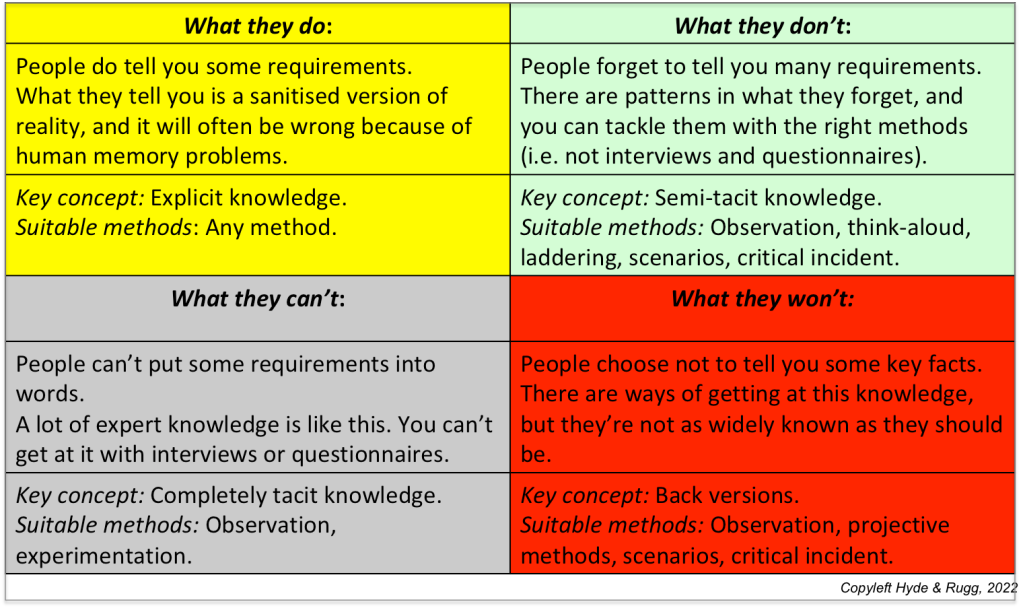By Gordon Rugg
There’s a widespread idea that before entering formal education, people learn via “natural” learning.
It’s a warm, cosy concept; “natural” evokes thoughts of wildflowers and meadows and beauty and fluffy kittens. There’s even a certain amount of truth in it; formal education does generally involve something different from non-formal education. However, when you start looking for clear, practical, explanations of how “natural” learning actually works, you encounter a sudden silence.
There are plenty of descriptions of what “natural learning” looks like, but there’s very little discussion of how it might work, in terms of plausible cognitive or neurophysiological mechanisms. This absence makes a sceptical reader start to wonder whether there actually is such a thing as “natural learning” and whether this strand of education theory is chasing something that doesn’t exist.
In fact, there is a well-understood mechanism that accounts for the phenomena being lumped together as “natural learning” and “formal learning” (or whatever term is being used in juxtaposition to “natural learning”). However, when you look in detail at this mechanism, it soon becomes apparent that using a two-way distinction between “natural” and “non-natural” is simplistic and misleading. This is one reason that the “natural/non-natural” debate in education theory is still rumbling on, after more than two thousand years of fruitless and inconclusive argument.
In this article, I’ll discuss the mechanisms of parallel processing and serial processing, and I’ll outline some implications for education theory and practice.
The joys of nature and of fluffy kittens – not always quite the same thing…

Original images from Wikimedia
Continue reading →



